Nestled in the heart of Sri Lanka, the Sinharaja Forest Reserve stands as a living testament to the island’s rich biodiversity and natural wonders. This UNESCO World Heritage Site is a haven for nature lovers, offering an immersive experience into the lush greenery and unique wildlife that make Sri Lanka truly special. As a tourist planning to visit Sri Lanka, your journey would be incomplete without a venture into the enchanting depths of the Sinharaja forest.
Sinharaja, meaning “Lion Kingdom” in Sinhalese, holds the distinction of being the last remaining tract of pristine lowland rainforest in Sri Lanka. Its verdant expanse, spanning approximately 11,161 hectares, is home to an astounding 60% of the country’s endemic flora and fauna.
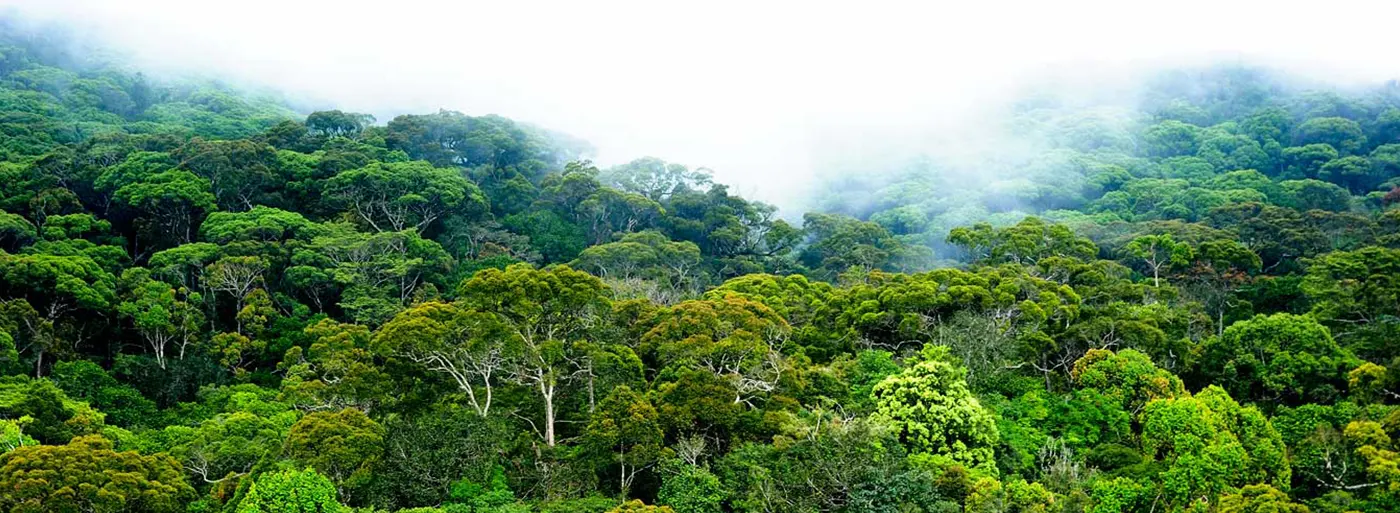
Location and Access of Sinharaja Forest Reserve
Situated in the southwest corner of Sri Lanka, Sinharaja rainforest is easily accessible from various key tourist destinations such as Galle and Colombo. A scenic drive through the winding roads brings you to the entrance of this majestic forest.
Breathtaking Flora
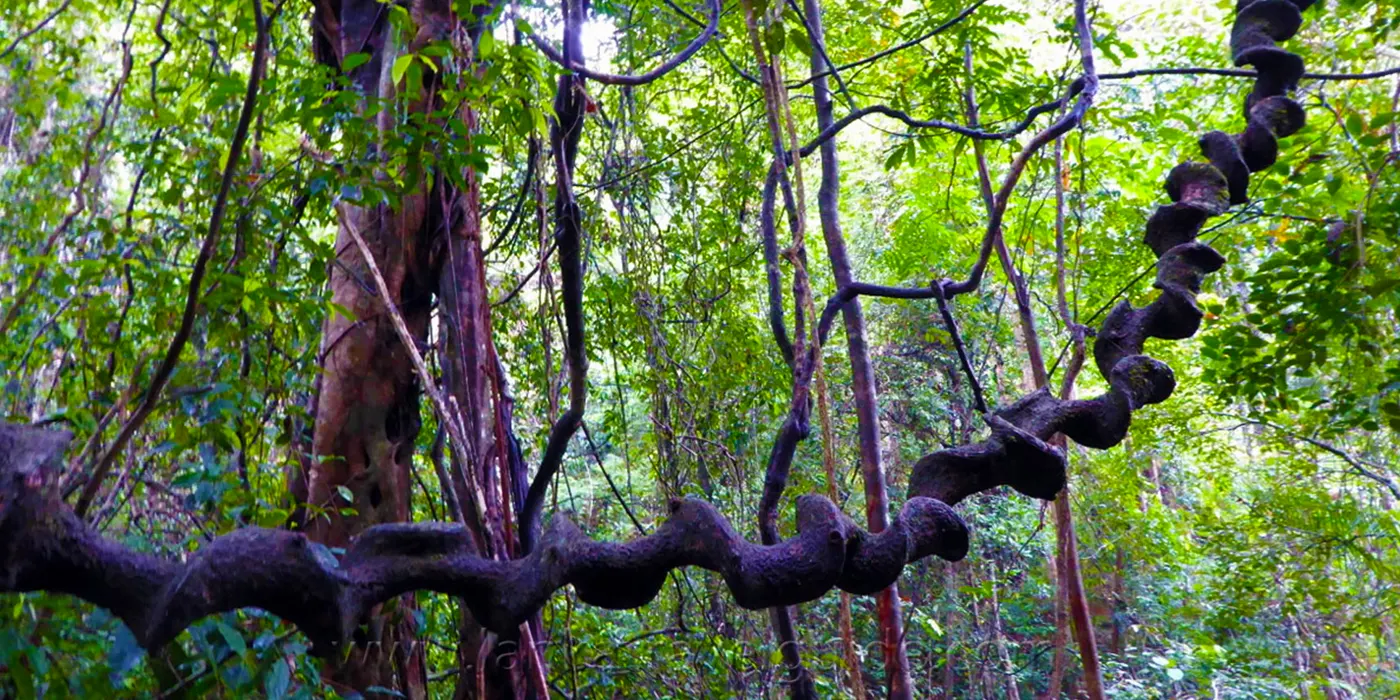
As you step into Sinharaja forest reserve, prepare to be captivated by a kaleidoscope of vibrant plant life. Towering trees, endemic orchids, and medicinal plants paint a picture of ecological diversity that is unparalleled. The forest is home to over 60% of the country’s native plant species, making it a living laboratory for botanists and a visual feast for all visitors.
Wildlife Encounters: A Photographer’s Paradise
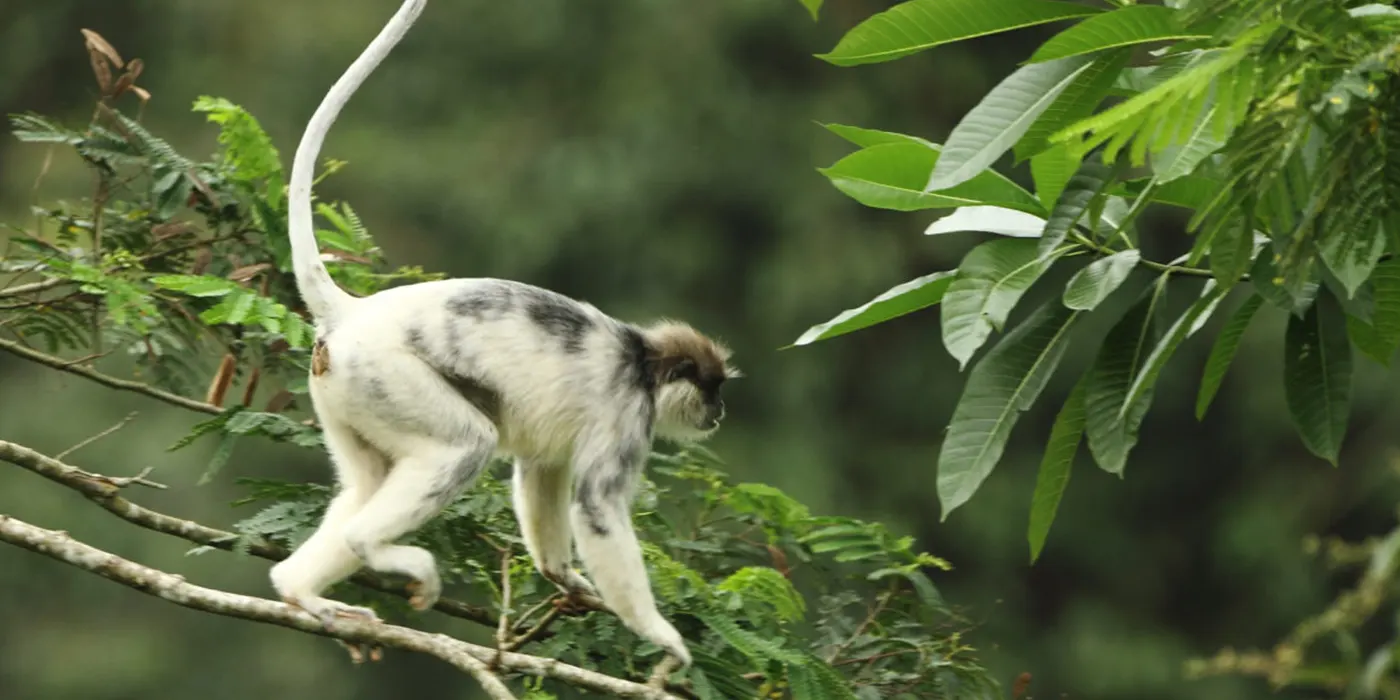
Avian Wonders in Sinharaja Rainforest
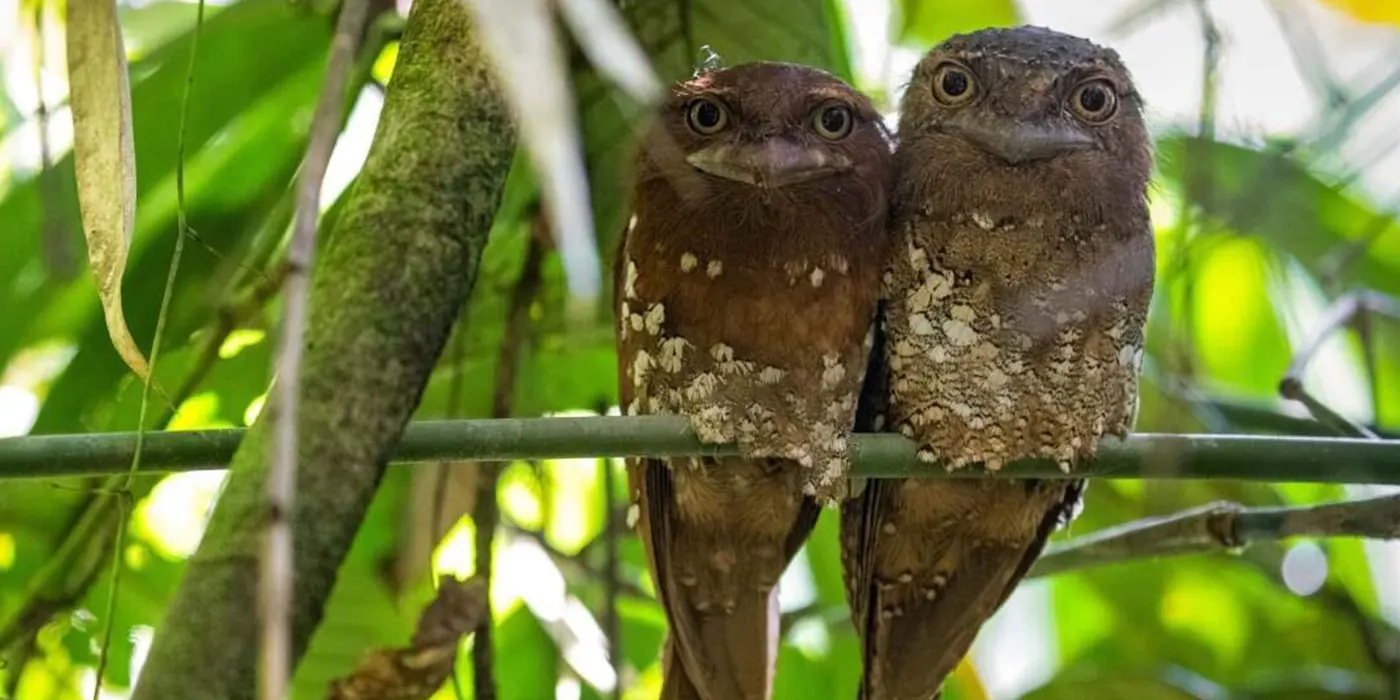
For bird enthusiasts, Sinharaja is a paradise. The forest hosts a dazzling array of avian wonders, including the elusive red-faced malkoha and the vibrant Sri Lankan blue magpie. Bring your binoculars and camera to capture these feathered gems in their natural habitat.
Mammals and More in Sinharaja Rainforest
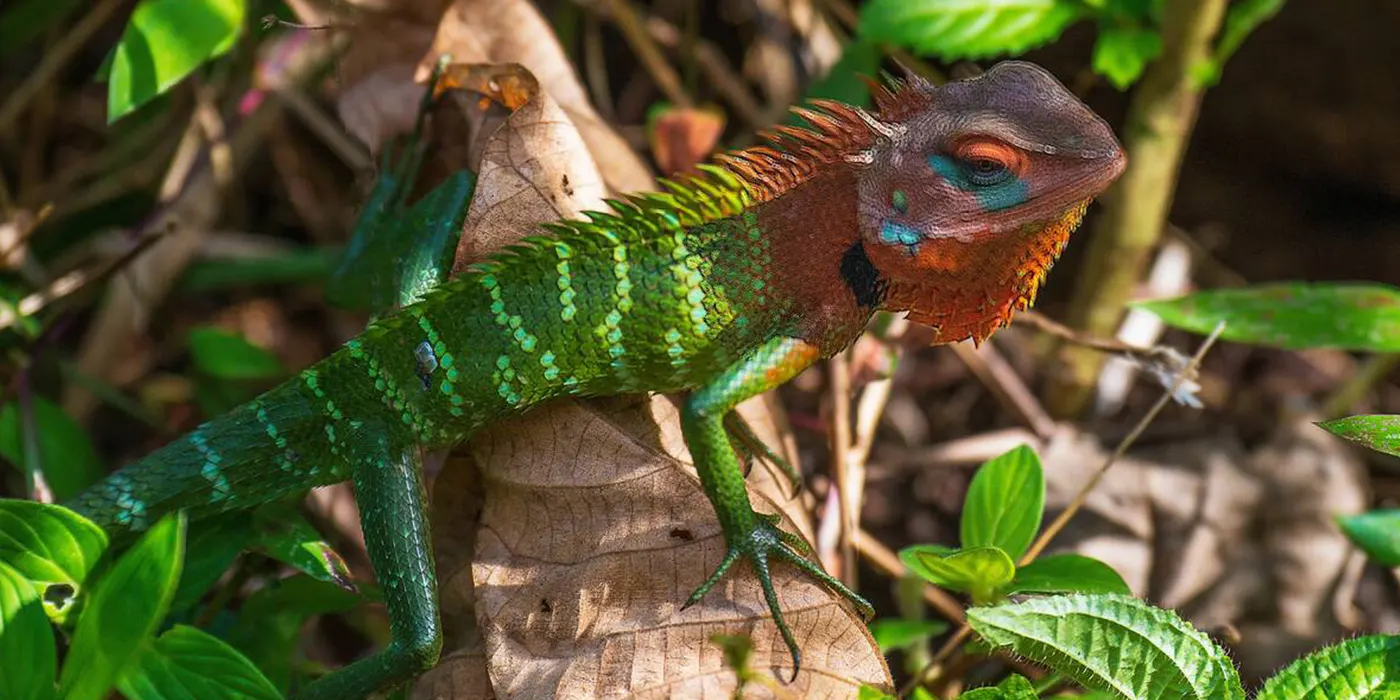
The forest is also home to a variety of mammals, such as the purple-faced langur and the endemic purple-faced leaf monkey. Lucky visitors may catch a glimpse of the elusive leopard or one of the many reptiles and amphibians that call Sinharaja home.
Best Time to Visit Sinharaja Forest Reserve
The optimal time to explore the wonders of Sinharaja is during the dry season, which spans from December to April. This period offers favorable weather conditions, with less rainfall and more predictable trekking conditions. The lush greenery of the rainforest is at its vibrant best, making it an ideal time for a visit.
During these months, you’ll have a higher chance of enjoying clear skies, comfortable temperatures, and an overall pleasant trekking experience. It’s advisable to plan your Sinharaja adventure within this timeframe to make the most of the captivating beauty and biodiversity that this UNESCO World Heritage Site has to offer.
Dress Smart: Choosing the Right Attire for Your Sinharaja Adventure
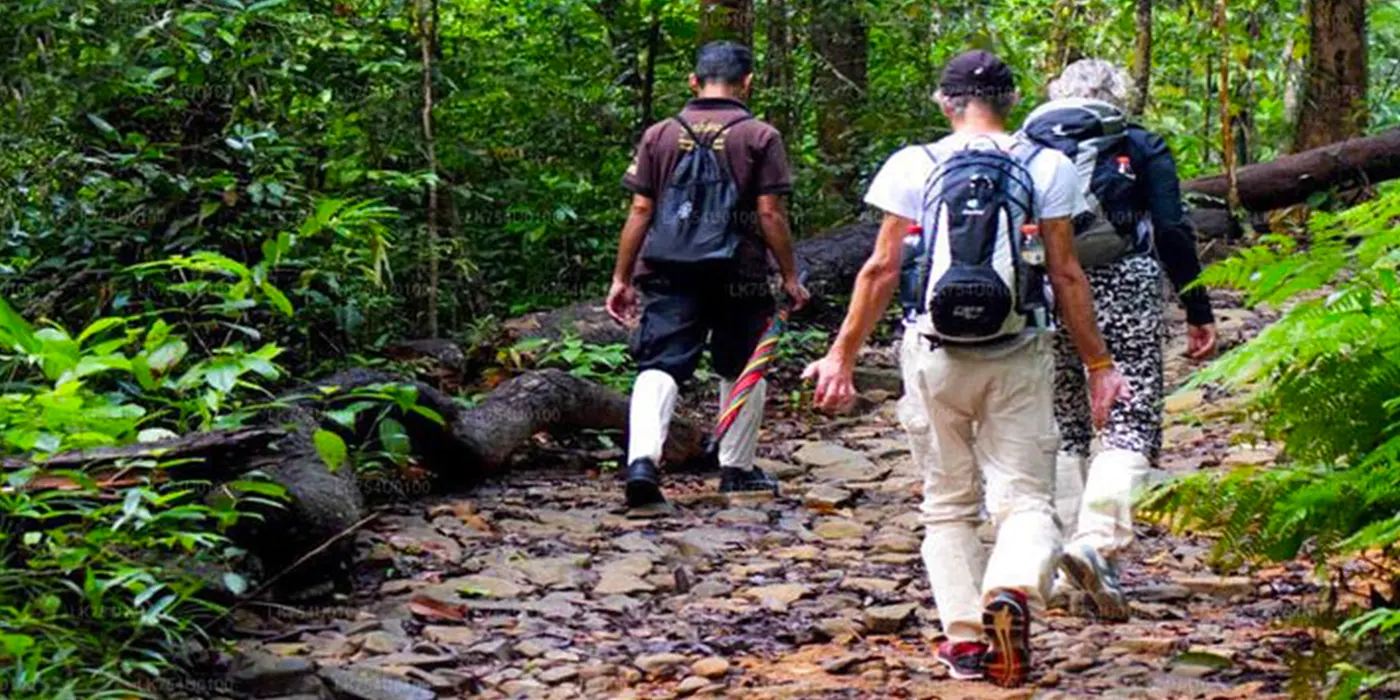
When planning your visit to Sinharaja rainforest, it’s essential to dress comfortably and appropriately for a trek through the tropical rainforest. Wear lightweight, breathable clothing to stay cool in the humid climate. Opt for long sleeves and long pants to protect yourself from insects and vegetation.
Sturdy, comfortable hiking shoes with good traction are crucial for navigating the diverse terrain. Don’t forget to bring a wide-brimmed hat to shield yourself from the sun, and sunglasses for added protection. It’s advisable to dress in layers, as the weather can vary within the forest. Think about taking a rain jacket or poncho, especially if your visit is scheduled during the wetter months.
Trekking/Hiking Trails in Sinharaja Rainforest
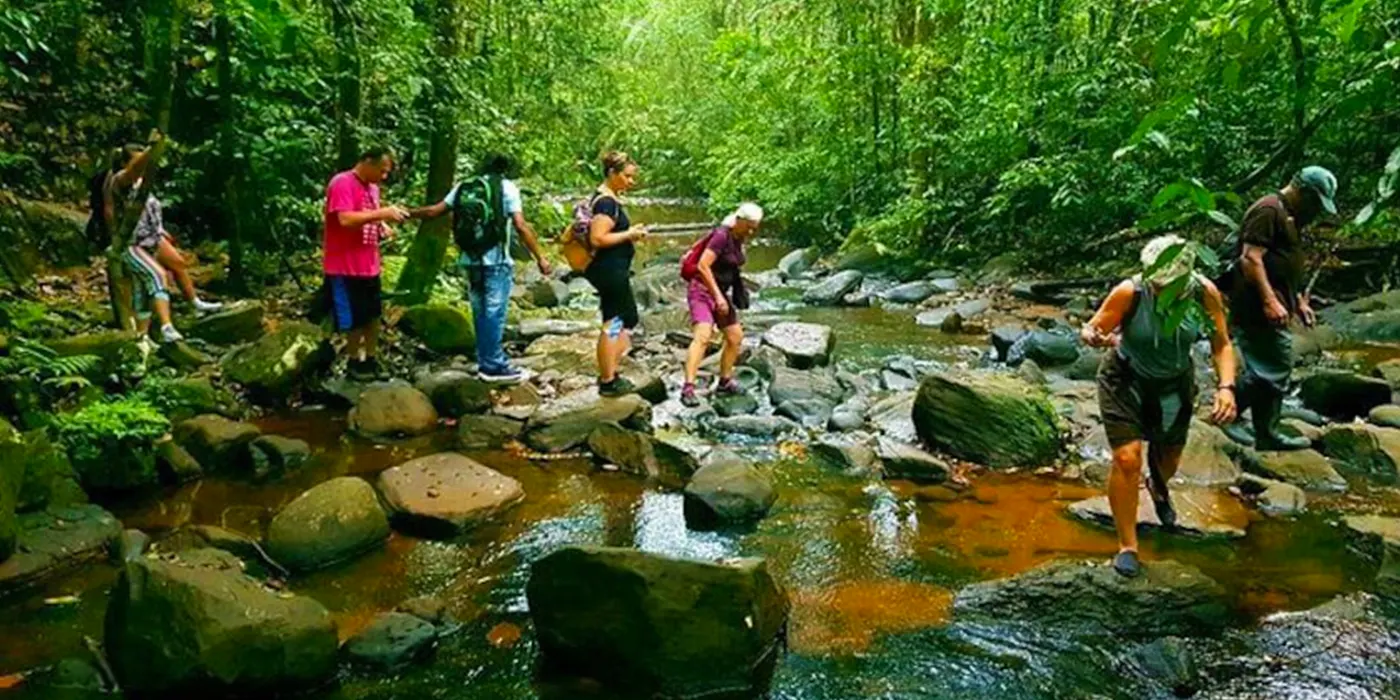
Sinharaja forest reserve is a top spot for hiking in Sri Lanka, especially during the local dry season. With different routes to explore, you can spend several days discovering its beauty. Most trails lead to stunning peaks offering great views or lead to beautiful waterfalls, mainly situated in the southern part of the Sinharaja range.
There are four main natural trails starting at the Kudawa Conservation Centre near the northern gate and close to Sinharaja Adventure Resort, Birds Paradise Hotel, and Yoho Kudawa Bungalow.
A popular weekend trail is the Moulawella Peak, about 8 km long, reaching a viewpoint at 760 m. For a shorter hike of 2.5 km, check out the Wathurawa Trail in the same area.

The Nawada Tree Trail, 6 km long, leads to a giant Nawada Tree, a 43 m high specimen unique to Sri Lanka. The longest and most beautiful trail is the 14 km Sinhagala Trail, taking a full day to reach the 742 m high peak with stunning views. Sinhagala and Moulawella trails are among the most scenic hikes in Sinharaja.
Starting from Pitadeniya Conservation Centre, you can explore classical waterfall trails to Pathan Oya Ella and Kakuna Ella, covering 5 km (8 km including Malmora Ella). Near Lankagama village, discover the “Five classic waterfalls”: Brahmana Ella, Thatu Ella, Duwilli Ella, Ura Wetuna Ella, and Galdoruwa Ella.
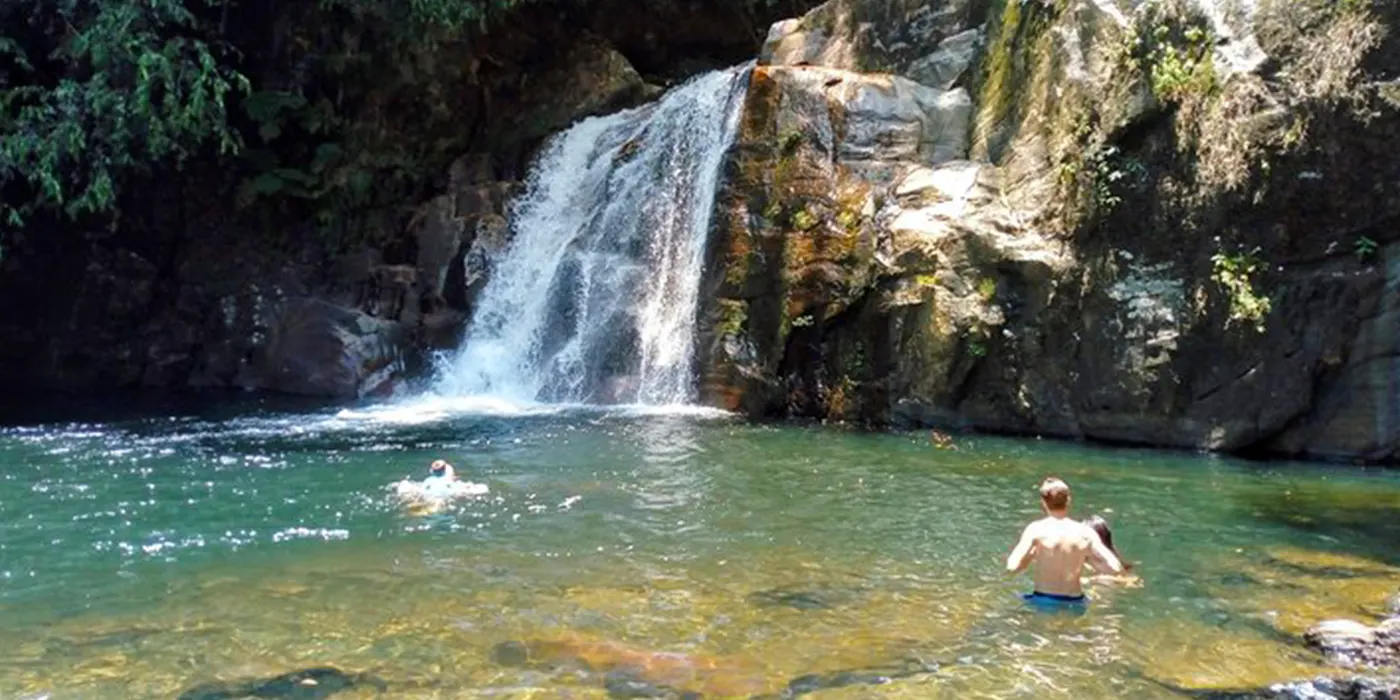
For a more extensive trek, embark on a full-day journey of over 20 km from Lankagama to Neluwa. Alongside the main track, explore side trails leading to Warukandeniya Ella, Thambalahama Duwili Ella, Kosmulla Duwili Ella, and two falls named Thapolena Ella 1 and 2.
Keep in mind, there’s another Duwili Ella waterfall on the opposite side of Sinharaja Rainforest, in the northeast. You can spot it on a 15 km trail from Morningside near Sooriyakanda to Denuwakanda. Get ready to immerse yourself in the diverse beauty of Sinharaja’s hiking trails!
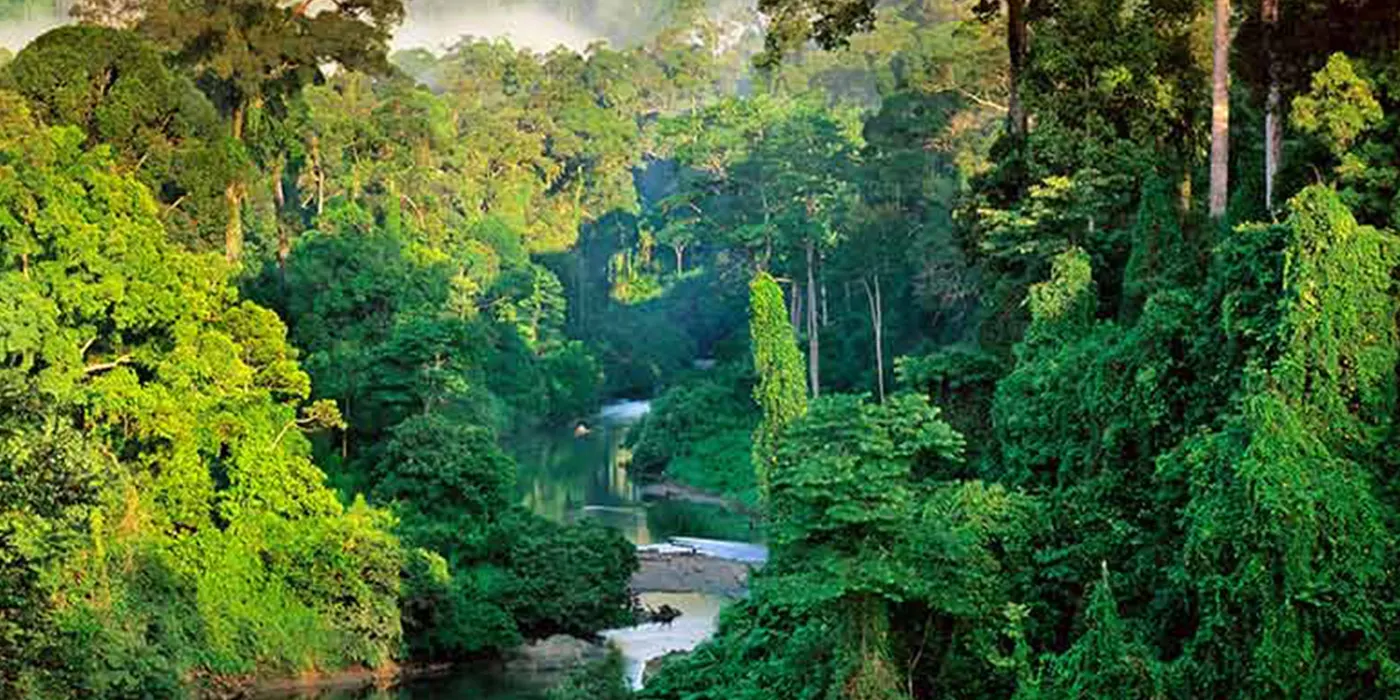
In conclusion, Sinharaja Forest Reserve beckons you to embark on a journey that transcends the ordinary. As a tour operator in Sri Lanka, I encourage every traveler to include this ecological marvel in their itinerary. Sinharaja rainforest is not merely a destination; it’s an immersive experience that connects you with the soul of Sri Lanka’s wilderness. Discover the beauty, diversity, and magic of Sinharaja – a jewel in Sri Lanka’s crown.
Frequently Asked Questions about Sinharaja Trekking
1. What is Sinharaja Trekking?
Sinharaja Trekking is an adventure that takes you deep into the heart of the Sinharaja Forest Reserve, a UNESCO World Heritage Site in Sri Lanka. It’s a guided journey through lush greenery, diverse flora, and the enchanting biodiversity of this tropical rainforest.
2. Is Sinharaja Trekking suitable for everyone?
Yes, Sinharaja Trekking has trails of varying difficulty levels, so whether you’re a novice or an experienced trekker, there’s an option for you. However, it’s essential to be in good health and have a reasonable level of fitness.
3. How long does a typical trek in Sinharaja last?
The duration of the trek depends on the trail you choose. Shorter trails may take around 2-3 hours, while more extensive treks can last up to a full day. It’s advisable to check with your guide or tour operator for specific details.
4. What should I wear and bring for Sinharaja Trekking?
Wear comfortable clothing suitable for walking, sturdy hiking shoes, a hat, and sunglasses. Don’t forget to bring a water bottle to stay hydrated, sunscreen, insect repellent, and a camera to capture the breathtaking scenery.
5. Can I do Sinharaja Trekking on my own, or do I need a guide?
While experienced trekkers might navigate some trails independently, it’s highly recommended to hire a local guide. Guides are familiar with the terrain, wildlife, and can enhance your experience by providing valuable insights into the forest’s ecology.
6. Is Sinharaja Trekking safe?
Yes, Sinharaja Trekking is generally safe, especially when guided by experienced professionals. However, it’s crucial to follow safety guidelines, stay on designated trails, and inform someone about your trekking plans.
7. What is the best time for Sinharaja Trekking?
The best time for Sinharaja Trekking is during the dry season, from December to April. During these months, the weather is more predictable, and the trails are in better condition, offering a more enjoyable trekking experience.
8. Can I spot wildlife during Sinharaja Trekking?
Yes, Sinharaja forest reserve is home to a variety of wildlife, including birds, monkeys, and sometimes even leopards. While wildlife sightings can’t be guaranteed, the trek provides an excellent opportunity to encounter the diverse fauna of the rainforest.
9. Are there facilities available during the trek, such as restrooms or eateries?
Facilities within the forest are limited. It’s advisable to use restroom facilities before starting the trek. Additionally, pack snacks or a light meal, as there are no eateries along the trails.
10. How do I book a Sinharaja Trekking experience?
You can book Sinharaja Trekking by contacting Lanka Tour Experts via email or WhatsApp. We can arrange everything for you.
